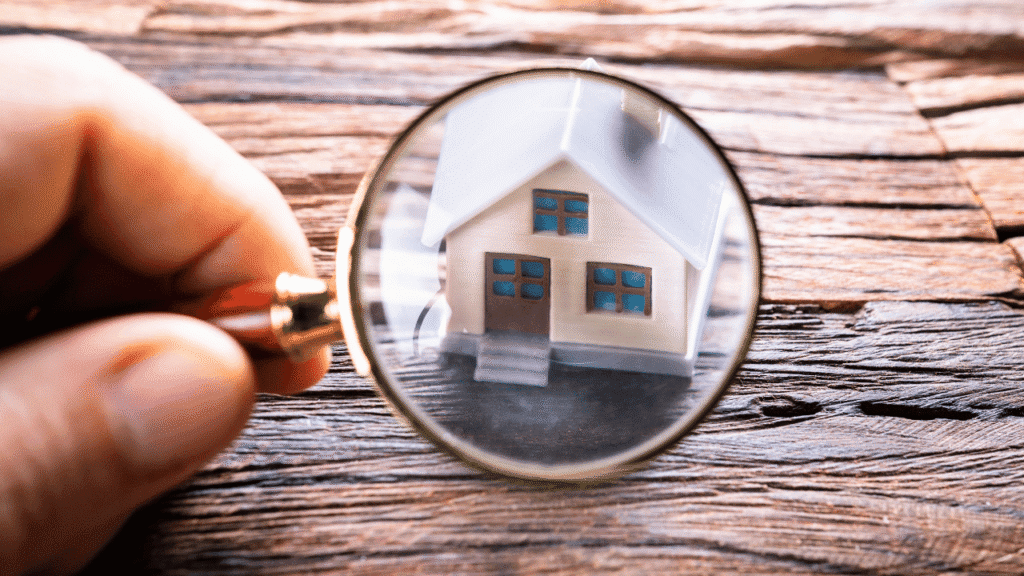In the ever-evolving world of real estate, the home appraisal process is getting a major tech upgrade. Gone are the days of clipboards and manual walk-throughs being the sole sources of valuation. Today, artificial intelligence (AI), machine learning (ML), LiDAR, and other tech innovations are stepping in to make appraisals faster, more accurate, and far less reliant on human bias.
This digital transformation is reshaping how buyers, sellers, and lenders evaluate property value. Curious how? Let’s dig into how this revolution is unfolding.
1. The Rise of Automated Valuation Models (AVMs)
One of the biggest shifts in modern appraisals is the rise of Automated Valuation Models. These systems use algorithms to process massive datasets—including recent home sales, tax records, and property features—to quickly determine a home’s value. According to a Brookings Institution report, seven AVM providers could predict within 10% of the sales price for at least 95% of tested properties. That’s no small feat.
Even more impressive? Loans backed by Freddie Mac’s AVM were found to be 9.6% less likely to default than those using traditional appraisals. That suggests AVMs are not only fast but reliable.
And let’s not ignore the efficiency. Traditional appraisals can take days. AVMs can deliver results in minutes. This benefits buyers who want speed and sellers who need momentum.
2. AI and Computer Vision: Seeing Beyond the Surface
Another powerful tool in the appraisal tech stack? Artificial intelligence. Specifically, AI systems now use computer vision to analyze property images. That means software can “see” the layout, features, and even the condition of a home. No human is needed.
As explained in McKissock Learning, AI can estimate room dimensions, assess upgrades, and flag issues like water damage just by scanning photos.
The integration of self-supervised models, like vision transformers, allows these systems to combine image data with numerical data—like square footage and number of bathrooms—to generate hyper-accurate valuations. In fact, these AI models outperformed traditional methods in several performance metrics.
In short, tech is helping appraisers see what they might otherwise miss.
3. LiDAR and Digital Twins: Recreating Reality
Remember when LiDAR was only for self-driving cars? Not anymore. Today, even smartphones like the iPhone are equipped with this light-detection tech. It can collect over 500,000 data points per second, creating a 3D model of a home with jaw-dropping precision, as described in Appraisal Buzz.
With the help of 5G and cloud computing, these digital twins—virtual replicas of physical homes—can be built in hours. Appraisers no longer need to be on-site to understand a property’s structure or dimensions. That means faster assessments with fewer logistical barriers.
In volatile markets or remote areas, this can be a game-changer.
4. Comparative Market Analysis: Real-Time, Real Smart
Access to up-to-date comparables is critical to home valuation. But it can be time-consuming. With machine learning algorithms, real-time Comparative Market Analysis (CMA) is now a breeze. AI systems instantly pull relevant sales data, tax assessments, and neighborhood trends to inform more accurate valuations.
CoreLogic notes that PropTech solutions are helping appraisers adjust quickly to market shifts, enabling better pricing strategies.
These tools also reduce human error. When pulling comps manually, oversights can happen. Automated systems, on the other hand, make fewer mistakes and adapt quickly to new information.
That’s important when the market moves fast—which, let’s be honest, is always.
5. Bias Reduction and Fair Market Value
Let’s talk about bias. Traditional appraisals can be influenced, sometimes unintentionally, by knowing the sale price or characteristics of the buyer or seller. According to Brookings, 30% of appraisals matched the contract price exactly, raising concerns about confirmation bias.
Tech offers a way out. Algorithms don’t “know” who’s buying or selling. They assess the data without emotion. That leads to fairer results—and potentially fewer disputes.
For sellers, this means they’re less likely to lose out due to lowball appraisals. For buyers, it means confidence that they’re paying what the home is actually worth.
Everyone wins.
6. Cost and Time Savings for All Parties
Let’s get to the bottom line: tech saves money.
According to Mark Spain Real Estate, the average appraisal costs can range from $300 to over $600, depending on the home size and location. But tech-enabled processes can bring that down, especially when parts of the evaluation can be done remotely or automatically.
In addition to financial savings, time is a major benefit. With digital workflows, online databases, and automated analysis, appraisals that used to take a week can now be completed within 24-48 hours. That means fewer delays and faster closings.
Time is money—and tech is saving both.
Conclusion: A Smarter Future for Real Estate
Technology is transforming how we value real estate. From AI and AVMs to LiDAR scans and cloud-based comparisons, today’s tools bring accuracy, speed, and fairness to a process that once relied heavily on human interpretation and guesswork. These innovations not only help sellers get a better deal but also equip buyers with transparent, data-backed insights.
We’re not replacing human appraisers—we’re enhancing their capabilities. By embracing these tools, everyone involved in a home sale stands to benefit.
And really, isn’t that the future we all want?



